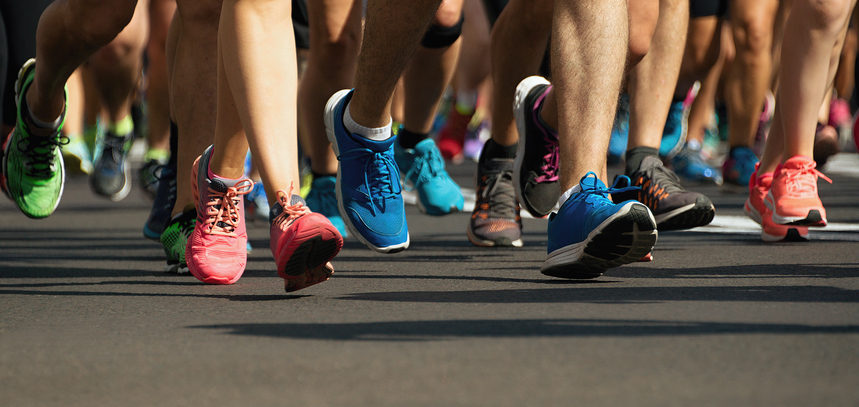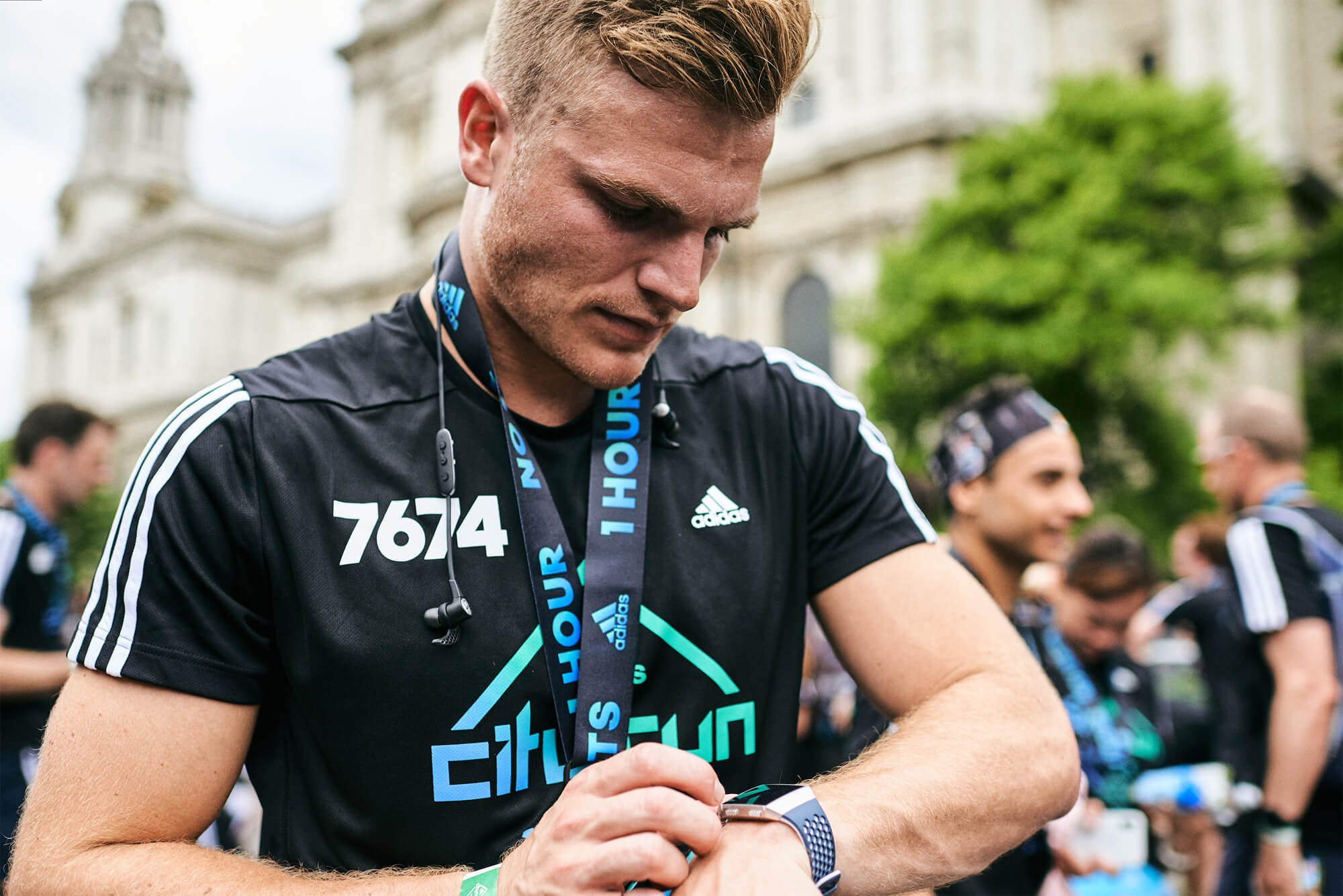
“What should my feet do as they hit the ground?”
It seems like such a simple question – and yet the running world doesn’t seem to know the answer to it. Most runners contact the ground with their heel first. Yet if, like many runners, you’ve read Chris McDougall’s book, Born to Run, you’ll be more familiar with the idea that heel striking is a sign of poor form.
Partly as a result of this book, recent years have seen a move away from heel striking to a more midfoot or even forefoot strike. And, with a Born to Run film in the pipeline, you can bet your huaraches there’ll be a second barefoot running boom around the bend.
This style of running is, it’s claimed, more efficient and less likely to result in injury. But there’s a problem. Certain studies have shown no difference in the injury rates between runners who heel strike and those who midfoot strike (Kleindienst F et al 2007).
THE CONTROVERSY
Yet I still see lots of runners – perhaps influenced by shoe manufacturers, marketing campaigns, books or films – attempting to switch from a characteristic heel striking action to a more midfoot or forefoot action. Unfortunately, this switch, far from eradicating injury, can frequently result in lengthy lay-offs. So, I hear you ask again, “What should my feet do as they hit the ground?”
Tim Cruse-Drew, from East Cliff Therapy Centre in Bournemouth (bournemouthphysiotherapy.co.uk), is a running specialist who treats some of the UK’s top runners.
“I see lots of runners who are attempting to transition from a support shoe to a minimalist shoe, with very limited graded progression from heel strike to midfoot or forefoot strike,” he says.
“This tends to result in injury. Typically, we don’t walk around barefoot and so a sudden lurch into a different running foot strike can bring about changes in our running form and technique that in turn can have referred and increase risk of injury.”
STRIKING DIFFERENCES
Cruse-Drew suggests that runners shouldn’t be too hasty when it comes to abandoning a heel strike.
“Effective foot strike is dependent on speed and surface,” he says. “As you get faster, you typically move from heel to forefoot. The issue here is that this uses the calf as shock absorption and can lead to calf strains, cramps and Achilles tendinitis.
What matters is that individuals can be adaptive and find the ways that work best for them, in the situations they encounter in the running they do most often. The likelihood is that being up on your toes with a prominent forefoot strike at the start of a marathon isn’t going to be especially effective – or kind on your calves – over 26.2miles.
A mild impact-reducing heel strike would be more economical – coupled with an effective economical running posture. Conversely, if you’re interested in finishing off your parkrun in style, that’s the time to shift to a mid or forefoot contact, lift your knees and sprint for home.”
CRASH LANDING
For most runners – particularly those who haven’t grown up running quick miles – an ideal foot strike is one with a mild landing on the heel or midfoot.
“Don’t dig the heel into the ground on landing,” says Cruse-Drew. “Crash-landing on your heel isn’t ideal as it generates high force. Instead, land lightly, roll over the midfoot and onto the forefoot during the foot strike and throughout the gait cycle.”
The truth is, if you really want to improve your running you can’t look at foot strike in isolation. It’s much more about analysing yourself as an overall runner, with foot strike being one small – not insignificant but not dominating – aspect of technique that should also include posture, balance, poise, flow, progression and nutrition.
3 WAYS TO IMPROVE FOOTSTRIKE
- Avoid excessive heel striking. Don’t jam your heel into the floor. This could relate to shoe choice and over-striding. Pay attention to your running posture. If you have a hard heel strike, lift your chest, shorten your stride and focus on gently allowing the foot to contact and roll over the ground.
- Steer clear of motion-controlling shoes and/or insoles (unless properly prescribed). If you’re a ‘foot-slapper’,
try changing your running shoes. Does this change the noise? - Ensure you pay attention to pelvic stability, alignment and muscle control. Remember, your whole body works together when running.






